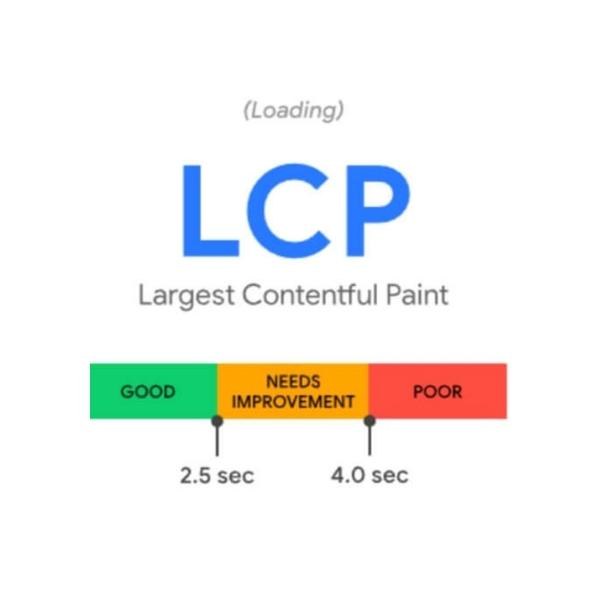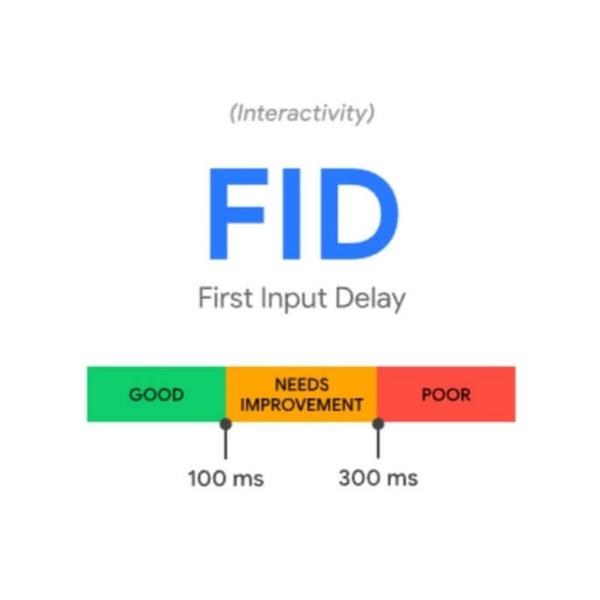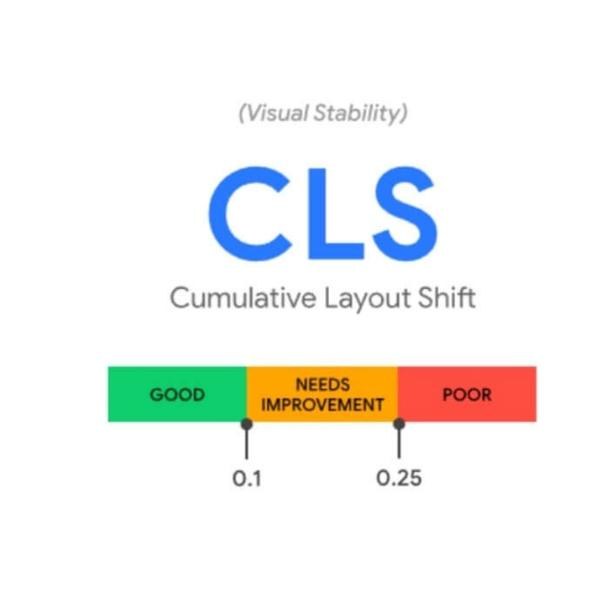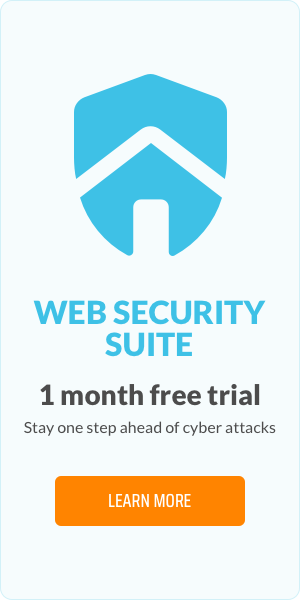5 small steps for improving website performance and protection

Having a reliable website is a must for a modern business. As you grow your business, it can be tempting to add more and more digital services and add-ons to your site. When you add to your site like this, performance and usability can suffer. Improving website performance is a balancing act.
What Affects Website Performance?
There are a number of factors that can affect website performance, from server problems to traffic volume. These are the most common causes of poor-performing websites:
- High use and poor optimisation of CSS and Javascript
- Server host issues
- Unnecessary add-ons and plugins
- Large, unoptimised, image files
- No use of browser cache
- No mobile optimisation
- Spiking traffic volumes
- Malware & security issues
This isn’t an exhaustive list but you can already see that there are a number of areas you can focus on to improve site speed. Reliability and security are top priorities for online customers. By focusing on optimising your site, you can increase conversions and customer satisfaction.
Why are Site Performance and Protection so Important?
Website performance is a defining competitive factor in e-commerce. It’s widely accepted that bounce rates increase as page load times increase. If your page takes five rather than one to two seconds to load, you’ll have a much higher bounce rate.
As your load times increase, you’re actively losing customers. Something that in the ever more competitive world of e-commerce, you simply can’t afford to do.
Since 2017, Google has been using mobile-first indexing. That means that the time your site takes to load on mobile is an essential factor in your page ranking. So, load times affect visibility as well as customer satisfaction (CSAT).
Security is a key concern for online customers. If your site isn’t adequately protected, then sensitive customer data is at risk. A vulnerable site is a risk to both your business and your customers. Malware and other cyberattacks can impact performance and cause real harm.
Prepare for Improvement
Before you can embark on improving website performance, you need to know how it’s performing right now. Here’s a quick guide on how you can check your website’s performance for both speed and security:
How to Evaluate Your Site Performance
There are three key metrics, known as your core web vitals, that you should focus on to measure site performance. These metrics can all be monitored by Google’s web analytic tools, as well as other website analytics platforms.
Largest Contentful Paint (LCP)
This is how you measure loading performance. Google’s guide to good web vitals suggests this should happen within 2.5 seconds of your page beginning to load.

Image sourced from Google’s guide to good web vitals
First Input Delay (FID)
This is your interactivity metric. The time it takes for a response to the first user input. You should be aiming for 100 milliseconds or less.

Cumulative Layout Shift (CLS)
This represents the visual stability of your page. For the optimum user experience, you should be aiming for a shift of 0.1. or less.

Image sourced from Google’s guide to good web vitals
Combining these three metrics will provide a more balanced user experience than concentrating on load speed alone. For Google to rate your site performance as “good” you must be achieving these metrics within the 75th percentile of your page loads.
That means focusing on your most visited pages will return the most value. Prioritising high-value landing pages will be more useful than a single commercial proposal template in your asset library, for instance.
How to Evaluate Your Site Security
There are a number of tools available that will let you assess and monitor your site security. There are manual tools like Mozilla’s Observatory or Qualys’ SSL server test, for pinpointing potential vulnerabilities in your secure socket layer or your headers and cookies.
There are also malware checkers that can scan for infection if you fear your site might have already been breached. Sucuri and SiteGuarding are two popular options that offer commercial plans.
Larger businesses often opt for an all-in-one site security solution that combines analysis with ongoing monitoring. Full-service security options like Intruder and Detectify are the best option for large-scale enterprises. These also avoid the problem of multiple plugins negatively impacting site performance.
Five Easy Steps to Improve Site Performance
Once you’ve assessed your site, you’ll have baseline metrics to monitor your improvements against. Using these five steps, you can boost those numbers without huge additional investments in your site architecture.
Free to use image sourced from Pixabay
HTTPS and Image Optimisation
Reducing your overall number of HTTP requests is a good step toward lowering your site load times and improving website performance. Images, stylesheets, and scripts on your website all send these requests when they’re loaded, so reducing these can help.
You don’t want to lose any functionality or aesthetic impact, though. You can also look at reducing the number of externally loaded HTTP assets, or optimising the file size of your loaded images.
The smart option is to evaluate your current HTTP request load and make sure that only necessary requests are being sent. Bear in mind that if you’re using a content management system then plugins and add-ons can also increase HTTP requests.
If your site was built on HTTP 1.1, then a more resource-intensive option would be to switch to HTTP 2.0. The more recent HTTP architecture allows for simultaneous request loading, so it’s more efficient. If you're just starting out, make sure to build this into your ecommerce site.
Content Delivery Networks (CDN)
Serving static files like CSS, Javascript, images, and fonts accounts for a lot of website load. Many small and mid-sized businesses aren’t set up to deal with this kind of content delivery. That’s why CDN services have become a popular option for ecommerce businesses.
These platforms optimise the delivery of static files by using server geolocation. That means they’ll use local servers based on the user's location, giving a consistent load time for your domestic and international users.
Platform Optimisation
As we mentioned before, Google’s rankings are based on mobile-first performance. That means optimising your website for mobile load times first. It’s not surprising, more than half of all web traffic comes from mobile devices now.
The main barrier to the mobile-first development approach is that most web developers work from their desktops. It’s unlikely you’ll get your developers working primarily on mobile devices. Fortunately, mobile emulators can help you design with mobile as your primary platform.
Data science tools allow for collaboration on testing for a variety of platforms. This means you can emulate a mobile environment for testing and design from your desktop in the same app.
Server Hosting
Choosing the right server host isn’t just about the host themselves. You also need to consider the most suitable type of hosting for your business. Shared server hosting can be the cheapest option but it often comes with poor or inconsistent performance.
A Virtual Private Server (VPS) network is faster but requires more resources. Large-scale organisations can benefit from self-hosting these networks. Using hosted dedicated servers is a reliable but expensive option, costs can quickly escalate for scaling businesses.
Serverless architecture has recently emerged as a popular option for growing businesses. The cloud-based nature of this kind of hosting helps reduce costs while making it easily scalable.
Javascript, CSS & HTML Optimisation
You can often optimise your Javascript, CSS, and HTML by minifying them or combining them into single requests. Minifying means reducing or shortening the symbols in the source code. This makes it less readable for people but improves read speed for server requests.
Combining your files into single bundles can reduce the overall number of requests to the server, which will increase load performance. With modern browsers, you can load Javascript asynchronously to speed up base load times, too.
However, one thing to be aware of is that older browsers might not support asynchronous loading. You can mitigate this by moving your script tags to the bottom of your page. This lets older browsers parse these tags after the rest of the page has loaded.
Free to use image sourced from Unsplash
Five Improvements That Boost Site Protection
Site security is a topic worth exploring on its own but you should know that good performance is only enhanced by robust site protection. For a basic security health check, concentrate on these five areas:
- Web Host Security
- SSL Certificates
- Security Plugins & Bot Detection
- Access Restrictions
- Regular Backups
Keep security at the forefront of your mind while you make your optimisation changes. That way, you can avoid security flaws before they affect your business.
Final Thoughts
For successful ecommerce, performance, function, and security all have to be balanced. Having an AI auto attendant to route customer queries is great for customer service but if your site itself is slow or buggy, then there’s only so much benefit that can bring.
There are plenty of options for ecommerce add-ons and tools if you're running a WordPress site or any other platform. Keep in mind that your customer experience, load times, and your ability to protect your business can all be affected as you grow your site and your toolset. Long story short; keep improving website performance and security if you want your site to remain competitive.
Bio:Tanhaz Kamaly - Partnership Executive, UK, Dialpad UK
Tanhaz Kamaly is a Partnership Executive at Dialpad, a PBX hosting and business communications platform that turns conversations into the best opportunities, both for businesses and clients. He is well-versed and passionate about helping companies work in constantly evolving contexts, anywhere, anytime.
